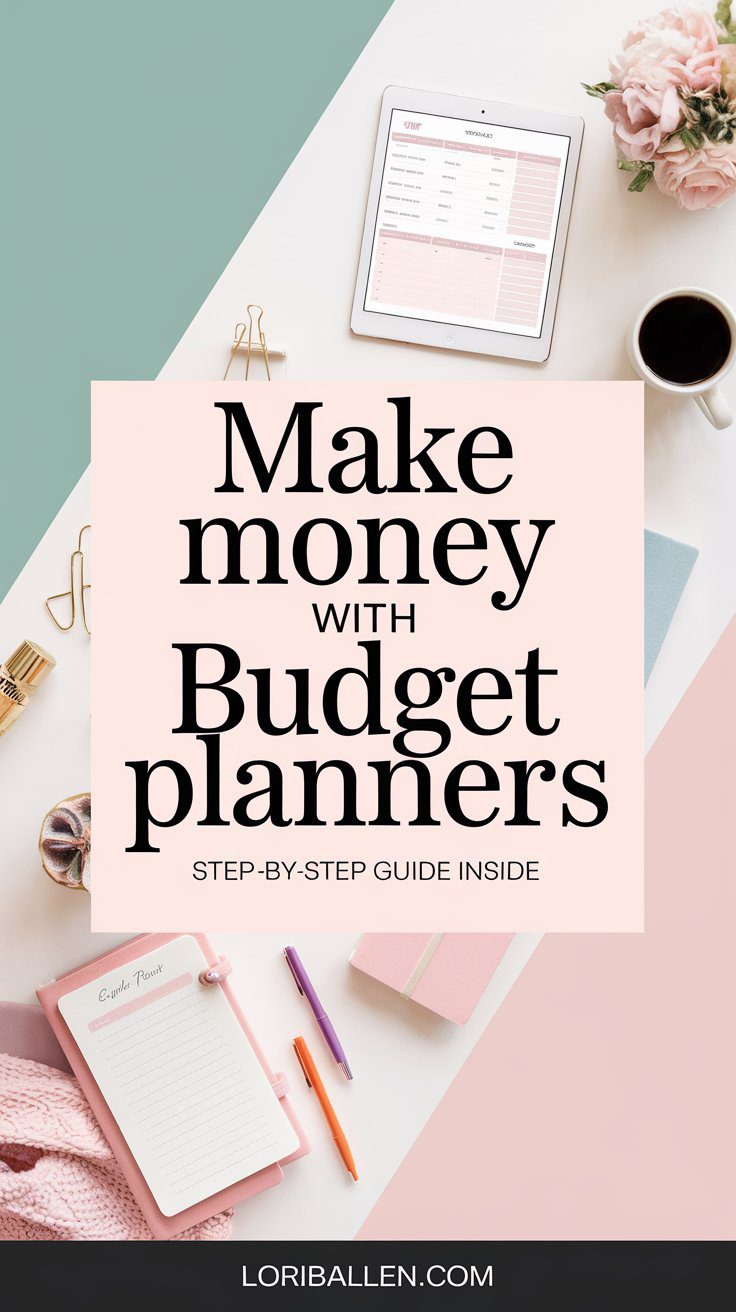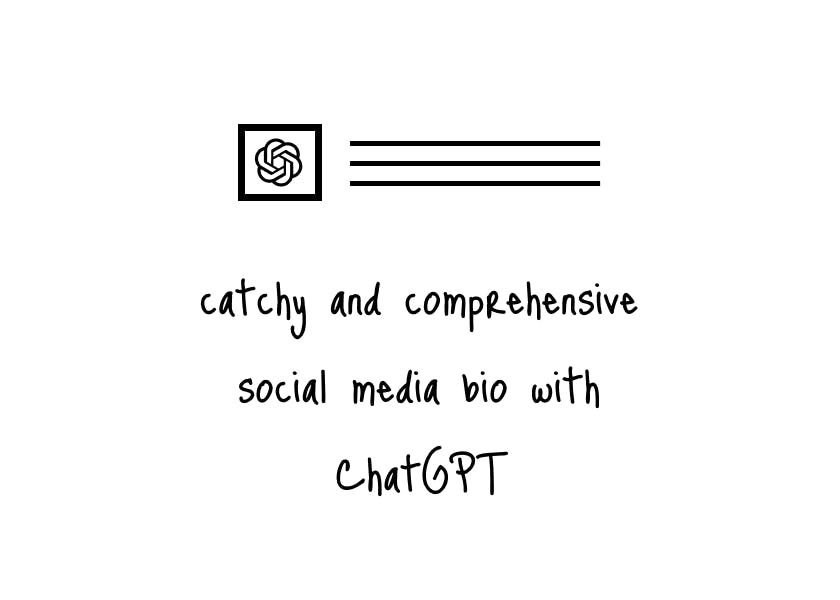In a world where financial stability is top of mind, a budget planner offers a practical solution to manage expenses, set goals, and track financial progress. If you’re passionate about helping others achieve their financial goals, creating and selling a budget planner can be both a fulfilling and profitable venture. This guide walks you through the process of designing a valuable budget planner and launching it for sale to reach your audience effectively.

Why Create a Budget Planner?
Budget planners are popular because they cater to a wide range of needs. From helping people manage monthly expenses to planning for future savings, budget planners are tools that can be tailored to diverse financial goals. They are also versatile products, easily adaptable to print or digital formats, making them ideal for creators looking to reach different market segments.
Step 1: Define Your Audience and Niche
Start by identifying who your budget planner will serve. Are you targeting young professionals, students, families, or entrepreneurs? Understanding your audience helps you design a planner that truly meets their needs.
Niche Ideas for Budget Planners
- Personal Budget Planners: Great for individuals looking to manage daily expenses.
- Small Business Budget Planners: Tailored for freelancers and small business owners tracking income and expenses.
- Family Budget Planners: Focuses on household budgets, including children’s expenses, groceries, and family activities.
- Savings and Goal-Oriented Planners: Ideal for those working toward specific goals, like buying a home or paying off debt.
- Subscription Budget Planners: Monthly or yearly planners with a focus on long-term financial management.
Step 2: Outline the Essential Sections
Once you know your audience, brainstorm the content sections that will bring value to them. A well-structured budget planner often includes these elements:
- Monthly Budget Overview: A snapshot of planned income and expenses.
- Income Tracking: Sections to record all income sources.
- Expense Categories: Break down of key expense areas, such as housing, utilities, groceries, and transportation.
- Savings Goals: Pages dedicated to tracking savings goals over time.
- Debt Tracking: A debt repayment section to help users visualize progress.
- Bill Tracker: Ensures regular bills are paid on time.
- Notes and Reflections: Space for reflections, goals, or monthly reviews.
Step 3: Design Your Budget Planner
Your budget planner should be functional and visually appealing. Here are some steps to design it effectively:
Choose Your Format
Decide whether your budget planner will be:
- Printable: Delivered as a downloadable PDF for buyers to print.
- Digital/Interactive: A fillable PDF or app-based planner for digital use.
Use Design Tools
For a professional look, use graphic design software like:
- Canva: Great for beginners, with templates and drag-and-drop features.
- Adobe InDesign: Perfect for advanced layouts and detailed design control.
- Procreate (for iPad users): Ideal for creating hand-drawn elements.
Layout Tips
- Keep it Clean: Prioritize simplicity. Avoid cluttering pages with too much information.
- Use Consistent Fonts and Colors: Select easy-to-read fonts and a cohesive color palette.
- Include Visuals: Use charts or icons to represent expenses, savings, and goals visually.
Step 4: Price Your Budget Planner
Pricing is critical. Consider these factors:
- Time and Effort: Reflect on the hours spent designing and revising your planner.
- Value and Features: More comprehensive planners (like those with advanced budgeting features) can command higher prices.
- Market Prices: Check what others are charging on platforms like Etsy, Gumroad, or your own site to find a competitive range.
A typical digital budget planner can range from $10 to $50, depending on its features and customization options.
Step 5: Decide Where to Sell Your Budget Planner
With your budget planner ready, it’s time to choose your sales platforms. Each has pros and cons, so select based on your audience and goals.
1. Etsy
Etsy is an ideal marketplace for selling digital and printable planners. It offers high traffic and is particularly popular among DIY and lifestyle enthusiasts. Optimize your listing with relevant keywords and high-quality images to stand out.
2. Stan Store
3. Gumroad
Gumroad is a popular choice for digital products, offering tools for sales, subscriptions, and one-time purchases. It’s a straightforward platform with a loyal user base, suitable for budget planners.
4. Shopify
Step 6: Promote Your Budget Planner
Promotion is key to reaching your audience and making sales. Here are some effective strategies:
1. Social Media Marketing
Use platforms like Pinterest, Instagram, and TikTok to showcase your budget planner. Pinterest is especially useful for budget planners since users frequently search for financial organization tools. Use Pinclicks for Pinterest keyword research, track trends, and boost pin performance. Get Pinclicks here.
2. Email Marketing
Set up a simple sales funnel with MailerLite to capture leads and nurture them with budgeting tips, planner previews, and limited-time discounts. Add an opt-in form to your blog or website to encourage subscriptions. Try MailerLite here.
3. Affiliate Marketing
Leverage affiliate programs or collaborate with influencers in the finance or organization niche. Provide affiliates with custom discount codes and visuals they can share with their audiences to drive traffic to your planner.
4. Pinterest and Blog SEO
SEO is vital for long-term traffic. Create blog posts about budgeting tips, financial planning, or personal finance strategies that link to your planner. Using SEO Writing AI for keyword-rich blog content can help improve your search engine rankings, making it easier for potential buyers to find your planner. Get SEO Writing AI here.
Step 7: Collect and Use Customer Feedback
Once you’ve started making sales, gather feedback to improve your product. Positive reviews build trust, while constructive feedback highlights areas for improvement. Consider creating a customer survey or simply encourage reviews via email follow-ups.
Step 8: Expand Your Budget Planner Line
As your first planner gains traction, consider expanding your line. You could offer seasonal planners, goal-oriented budget planners, or subscription-based planners for continuous financial tracking. Expanding your product line provides more value to repeat customers and attracts new ones.
Key Tools to Help You Get Started
Here’s a quick recap of helpful tools to streamline the creation, marketing, and sales of your budget planner:
Creating and selling a budget planner can be an empowering journey that not only brings you income but also helps others manage their finances. With the right planning, tools, and marketing strategy, you can build a successful product line and make a positive impact. If you’re looking for ongoing support and advanced strategies, consider joining my Blueprint Coaching Group to take your business to the next level!


/cdn.vox-cdn.com/uploads/chorus_asset/file/25710455/Large_63914_HyundaiMotorRevealsBoldandEfficientHydrogenFCEVConceptPreviewingNewDesignLanguage.jpg)






